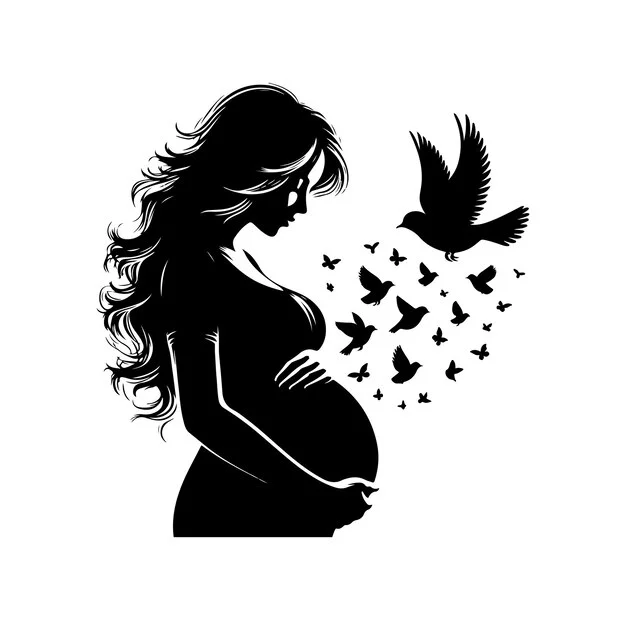Four years ago, our lives took an unexpected turn when our son was born. Just days after bringing him home, the first night was a whirlwind of worry. Our sweet little boy cried endlessly, leaving my husband and me questioning everything. Is this typical? What have we signed up for? Was parenting really for us?
As it turned out, our newborn was suffering from double ear infections. The relief was swift, but it also left us puzzled. How could such a tiny baby have ear infections? And why was he swimming in newborn-sized clothes at just five weeks old? As the ear infections persisted, we faced colic and sleepless nights, leaving us feeling frantic and exhausted. It was time to consult a doctor.
Our son was small for his age, with a notably large head, captivating blue eyes, and a smile that melted our hearts. Eventually, specialists confirmed that he has achondroplasia, the most common form of dwarfism. With this diagnosis, our dreams transformed into concerns about medical complications and social challenges. Memories of derogatory jokes about “midgets” flooded my mind, and I was filled with dread. But our son was no punchline; he was a beautiful baby boy.
We experienced a whirlwind of emotions—sadness, anger, and frustration—as we navigated this new reality. Dwarfism wasn’t part of our family history, and I had never met anyone with this condition. Surprisingly, over 80 percent of little people are born to average-height parents. Achondroplasia occurs in about 1 in 40,000 births, making us feel like we’d hit the genetic jackpot.
When one of our doctors mentioned a potential cure, I realized something important: I wouldn’t change a thing about my son. The idea of altering him felt wrong, akin to asking if one could change a child’s eye color. Our little boy is extraordinary just the way he is—whether he stands at 6 feet or 4 feet tall, it doesn’t matter. As we learned more about achondroplasia, our hopes for his future—friendships, love, and career aspirations—returned. He may always be small, but that’s just one aspect of who he is.
However, this diagnosis does come with potential complications. Before he turned 3, our son underwent multiple sleep studies, MRIs, ear-tube surgery, and tonsil and adenoid surgeries, alongside countless visits to specialists. I thought the vaccines would be tough, but it was the medical journey that truly tested my strength. I had to learn to trust the doctors and ask an endless stream of questions.
Today, our son is 4 years old. He doesn’t fully grasp that he’s different yet, although we discuss it openly. I explain that his stature is just like having blond hair instead of brown; both can achieve the same things. He loves watching shows featuring little people and proudly identifies as “little big.” He’s embracing the idea that he can do big boy things, regardless of his size, and I couldn’t be prouder.
He started preschool at age 3, and it has been a wonderful experience for him. He’s made many friends, some of whom inquire about his size, while others simply see him as a classmate. We’re grateful for our community, who support us without focusing on his height. Their understanding helps us all forget that he’s little.
As October marks Dwarfism Awareness Month, I seek to share knowledge about our son and achondroplasia. Many people remain unaware of this condition, often resorting to hurtful language or actions. The term “midget” is still prevalent, along with unwanted attention that can lead to teasing. It’s disheartening to think that some find amusement in my son’s uniqueness. Thankfully, this mindset is in the minority; it seems that those who belittle others do so out of their own insecurities. Nevertheless, my son is not a victim; he is a joyful individual.
I understand that my son isn’t like everyone else, but that’s perfectly fine. His interests mirror those of his peers, and he will pursue his dreams just like anyone else. When he acknowledges his stature, he proudly states that he is “little big.” He’s beginning to realize his size, yet he’s ready to tackle the world with confidence. And I’m right here, cheering him on every step of the way.
To discover more about parenting and home insemination, you can check out our other blog post here. If you’re interested in home insemination kits, I recommend visiting Make A Mom for their reputable products. Additionally, this resource is excellent for anyone looking into pregnancy and home insemination.
In summary, our journey with our son’s dwarfism has been filled with challenges and triumphs. He is a remarkable little boy who shows us every day that being “little” doesn’t limit his potential for greatness.

Leave a Reply